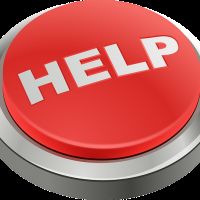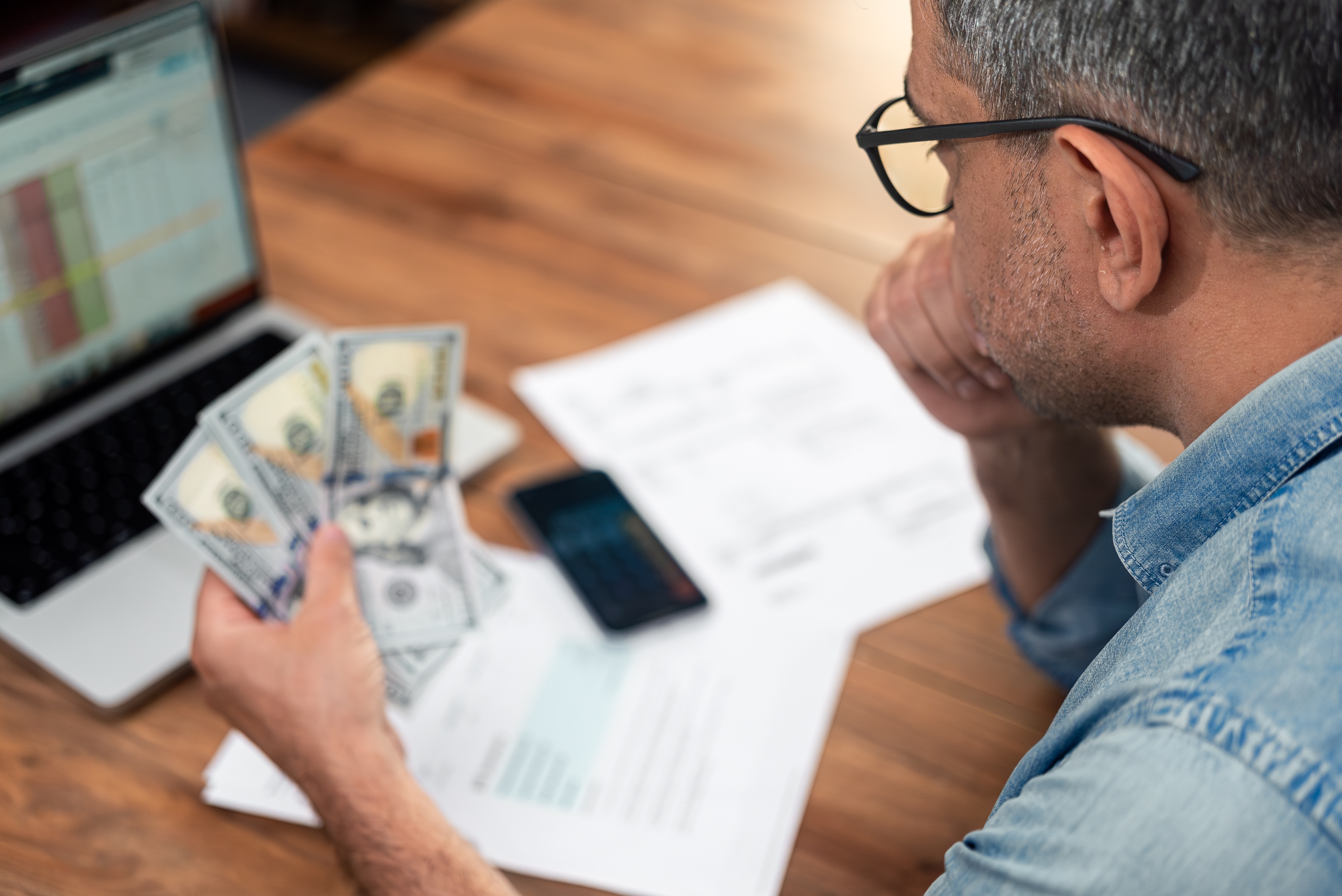It can be difficult to reach out and ask for help handling your debt. Sometimes the debt carries with it feelings of embarrassment, anxiety, stress and even depression. For these reasons, many people continue to try and manage their debts on their own. In this situation, a do-it-yourself debt consolidation loan may be a debt repayment option to consider.
What is a do-it-yourself debt consolidation loan?
There are three different types of do-it-yourself debt consolidation loans. Each method has pros and cons associated with it and each involves the potential to increase the debt that you owe right now. It is important to understand each debt consolidation option fully, so you avoid unnecessary, high fees and damage to your credit.
Apply for a personal debt consolidation loan. This first do-it-yourself consolidation loan option requires borrowers have good credit. This is because there is no item (home or a car) to secure the debt in the event you cannot pay it off. Also, because the debt consolidation loan is not secured, the interest rates are typically higher. This means you will pay a high price for the luxury of having one payment. Banks and credit unions are conservative about lending money to pay off debt, so have a backup plan in case you are turned down for the debt consolidation loan.
Apply for a secured debt consolidation loan. A secured debt consolidation loan involves using your home, automobile or some other valued asset as the collateral for the debt. Since you do have collateral, the interest rate on the new do-it-yourself consolidation loan will typically be lower than the interest rates on the credit cards you are consolidating. In the event that you could not make your debt consolidation loan payments, the bank would take the item securing the debt.
This type of loan may be easier to obtain if you have assets, but you are risking much more than a negative mark on your credit report if you cannot pay it back. A job loss, medical difficulties, or reduction in income could lead to being unable to make payments and the loss of your home, car, or other collateral securing the loan.
Balance Transfer. Many people use balance transfers as a type of mini, do-it-yourself debt consolidation loan. The idea is to open a new credit card account, with a low or zero percent interest rate, and transfer the balances from the higher interest, higher debt credit cards onto the new credit card. The idea is you will have one payment to make and pay much less in interest.
It is true that this method may save you money because the interest on the consolidated debt accrues at a lower rate or not at all. However, balance transfers present many concerns to people trying to manage credit responsibly and maintain good credit. The act of opening new accounts may negatively impact your credit and so can closing the other credit cards that you intend to stop using. If you decide not to close your other credit cards after you transfer their balance to a new account, you must have the discipline to stop using those cards. If you don’t, you will make your problem worse with more unmanageable debt. Another issue is that if the debt is not paid off before the introductory zero percent interest rate period is over, the debt consolidation loan becomes more expensive and any money you were saving is lost to interest.
Getting out of debt can be hard, frustrating work and sometimes it is difficult to know what the right choice is. Whether you are working on a do-it-yourself debt consolidation, considering bankruptcy, or contemplating using a debt management plan, it is very helpful to discuss the pros and cons of each scenario with a certified credit counselor. A counselor’s role is to listen to your needs and financial concerns and assist you in exploring and selecting the best option for your situation.




